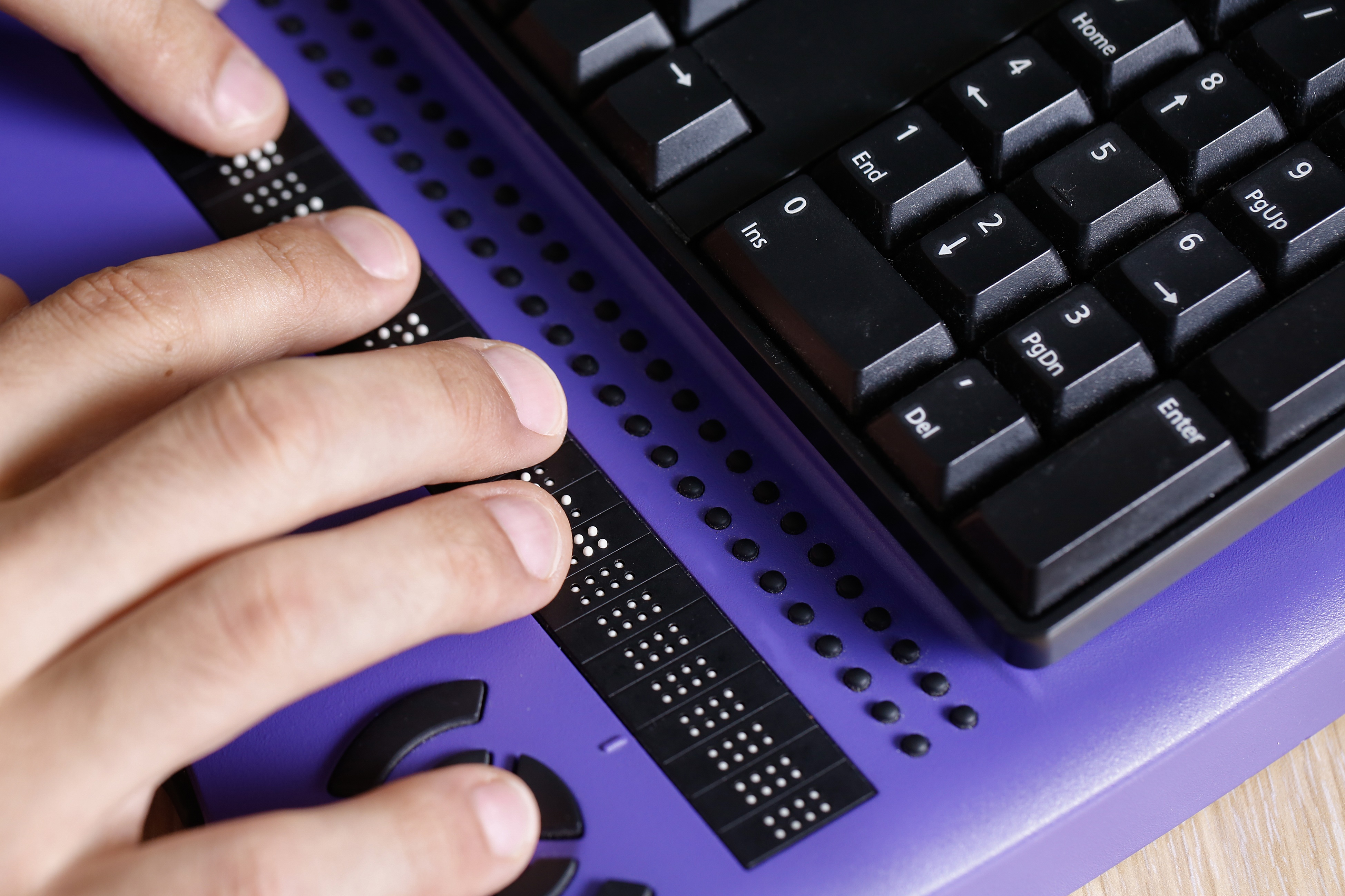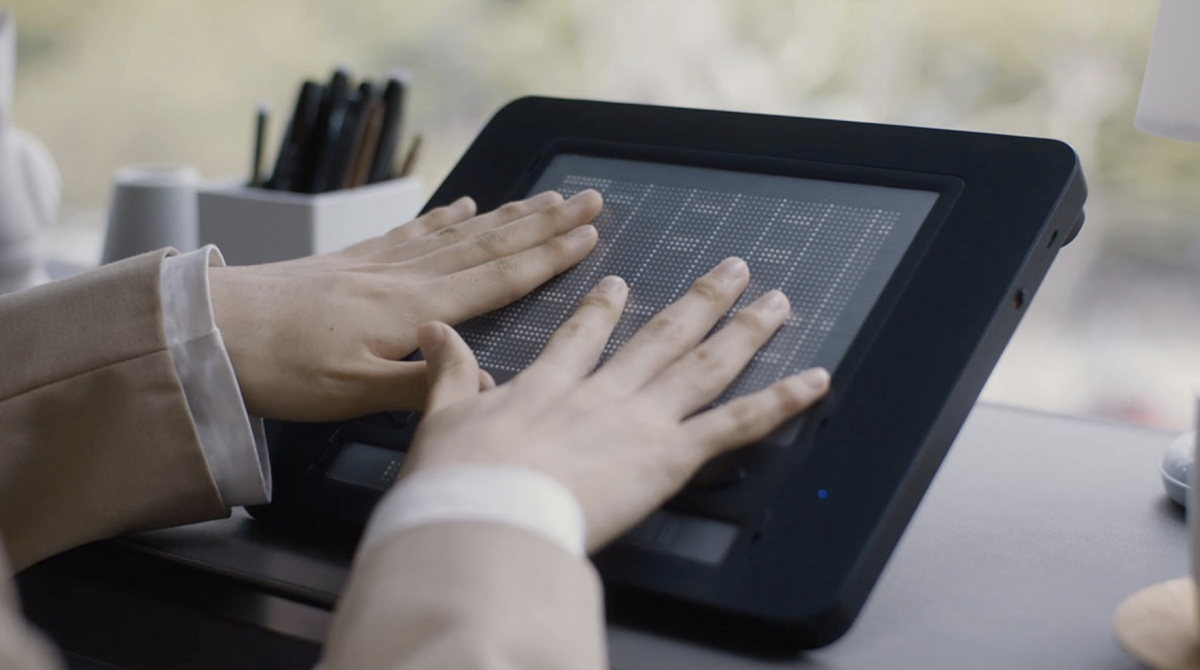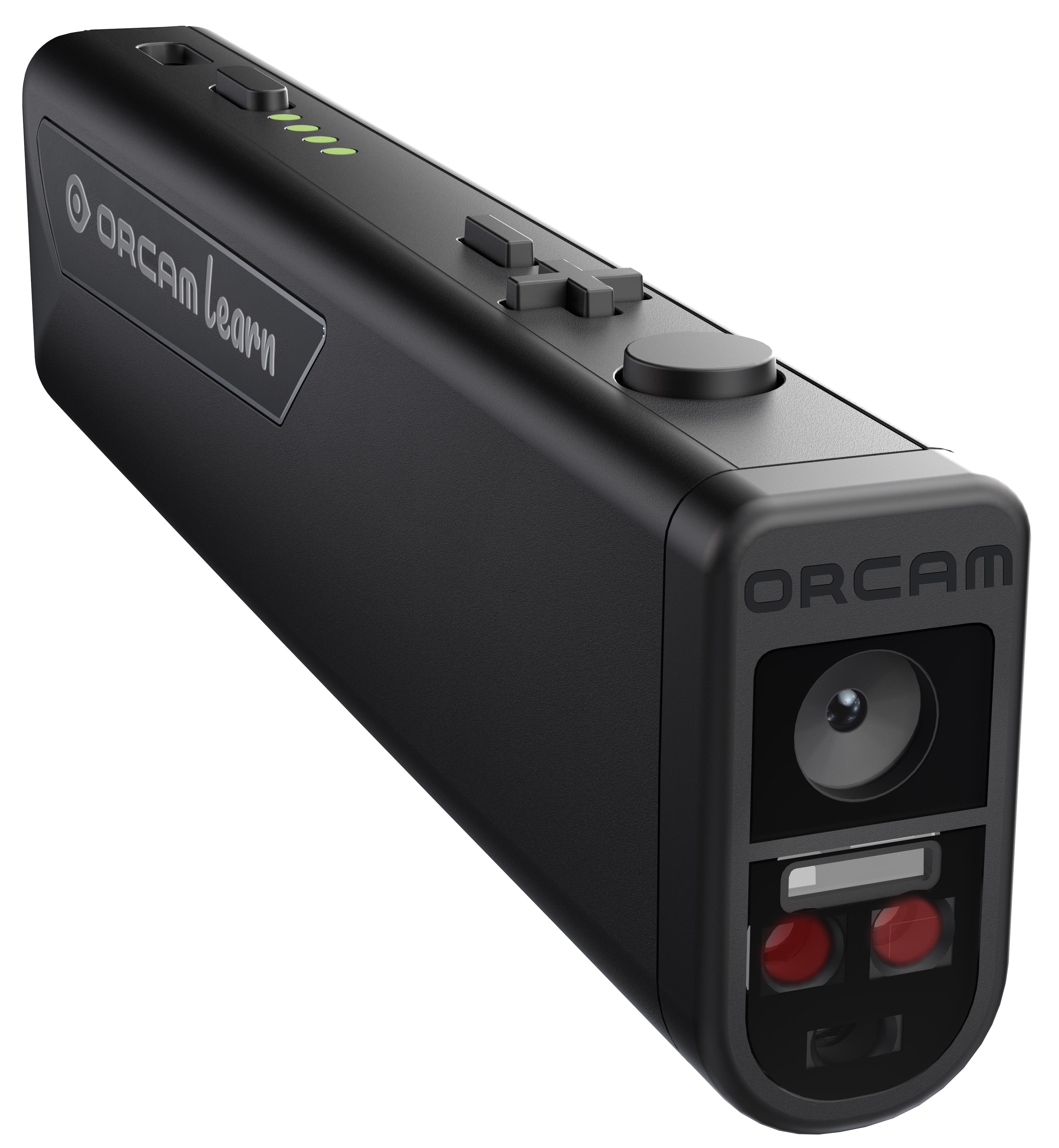Empowering Freedom With Assistive Innovation for the Blind
The assimilation of assistive technology right into the lives of people with visual problems stands for a considerable advancement in advertising self-reliance and self-sufficiency. From ingenious screen viewers to innovative smart canes, these devices not only enhance day-to-day navigating and communication but additionally encourage users to engage meaningfully in various aspects of life. As we discover the myriad benefits and real-world applications of these innovations, it becomes crucial to check out the underlying factors that add to their performance and the capacity for future growths in this crucial field.
Introduction of Assistive Technology

The advancement of assistive technology is based in principles of inclusivity and empowerment. Advancements in software, equipment, and sensory improvements give individuals with options customized to their certain requirements. From display visitors that convert message to speech, to tactile devices that share information through touch, these devices change the way people involve with their environments.
In addition to functional applications, assistive modern technology fosters better social incorporation and involvement in various fields, including education and learning and employment (Smart glasses for the visually impaired). As r & d continue to advance, the potential for assistive innovation to better boost the lives of visually impaired individuals stays encouraging, leading the way for an extra fair society where everybody can grow
Types of Assistive Gadgets
A selection of assistive gadgets have actually emerged to support people with aesthetic impairments, each made to meet details needs and boost daily performance. These tools vary from low-tech remedies to high-tech technologies, supplying varied options for customers.
Low-tech devices include magnifiers and large-print products that help in reading and writing. Braille devices, such as Braille slates and stylus pens, make it possible for responsive analysis and interaction. Alignment and mobility help, like white canes, help users browse their atmosphere safely.
On the higher end of the spectrum, digital zoom systems and screen viewers supply considerable support. Electronic magnifiers permit individuals to enlarge text and images on screens, while screen viewers convert digital web content right into synthesized speech, facilitating access to details on smart devices and computers.
Smart device applications additionally play an essential role, offering features like text recognition and navigating support. Wearable modern technology, such as smart glasses furnished with enhanced fact, is becoming a promising tool to enhance situational understanding.
Benefits of Assistive Technology
The combination of assistive modern technology dramatically improves the top quality of life for individuals with aesthetic disabilities. These technologies encourage customers by advertising freedom, enabling them to navigate their atmospheres better and do everyday tasks with greater convenience. Screen readers and magnification software enable individuals to access digital info, promoting academic and specialist possibilities that might have formerly been out of reach.
In addition, assistive gadgets such as smart walking canes and GPS applications offer real-time navigation assistance, enhancing mobility and safety. This raised freedom not only boosts self-esteem yet additionally encourages social engagement, permitting individuals to participate more totally in their areas.
Assistive technology additionally assists in communication, helping individuals get in touch with others with voice recognition and text-to-speech applications. This capability is important for keeping connections and accessing critical info.
Additionally, the personalization options offered with several assistive technologies guarantee that customers can tailor gadgets to their particular requirements, additionally enhancing usability and efficiency. Overall, the benefits of assistive innovation for individuals with visual problems are profound, advertising an extra inclusive culture where every person can pursue their goals and ambitions.
Case Research Studies and Success Stories
Highlighting the transformative effect of assistive modern technology, numerous study highlight just how people with aesthetic problems have efficiently integrated these devices right into their day-to-days Click This Link live. One engaging instance includes an university trainee that used display reading software to navigate scholastic products and on-line sources effectively. This modern technology not just promoted her education however additionally improved her confidence in joining conversations and group jobs.
One more study features an expert who uses a smart device application made for navigating and item acknowledgment. By using this application, he has actually gained back freedom in both his personal and workplace, allowing him to commute independently and engage with associates better.
Furthermore, a retiree shared her experience with braille e-readers, which allowed her to access a huge range of literature and stay linked with her area via publication clubs.
These success stories underscore the vital role of assistive modern technology in promoting independence, enhancing high quality you can find out more of life, and advertising social assimilation for individuals with aesthetic problems (Smart glasses for the visually impaired). By accepting these ingenious devices, customers can get rid of obstacles and seize possibilities that contribute to their expert and personal satisfaction

Future Patterns in Assistive Innovation
Innovation in assistive technology is positioned to redefine the landscape of assistance for people with visual impairments. Arising patterns highlight the integration of fabricated intelligence (AI) and artificial intelligence, which enhance the performance of tools that aid with navigating and info accessibility. For instance, AI-driven applications are currently capable of analyzing aesthetic information in real-time, allowing individuals to involve with their atmosphere a lot more individually.
Furthermore, the development of wearable innovation is additional resources progressing rapidly. Smart glasses equipped with increased truth (AR) can provide audio descriptions of environments, transforming just how individuals communicate with public rooms. These devices not only advertise freedom however additionally foster social inclusion.
Furthermore, the Net of Points (IoT) is making homes smarter, enabling for seamless connection in between assistive devices and daily home appliances. This connectivity equips customers by making it possible for automated reactions and voice-activated controls tailored to specific needs.
Final Thought
Finally, assistive innovation plays a crucial function in empowering individuals with visual impairments by enhancing their independence and engagement with their environments. The diverse array of gadgets and applications readily available not just facilitates navigating and communication however also advertises social integration and chances for personal and specialist growth. As improvements continue in this field, the potential for improving the high quality of life for those with visual problems will broaden, fostering higher autonomy and empowerment.
